I got into family medicine because of wilderness medicine. In undergrad I took a course called the “Wilderness First Responder” (WFR for short) so I could lead backpacking trips, and it remains the single best expanded medical education experience I have had.
To this day I remember the final scenario from the class – a “cruise ship crash in the Caribbean.” We had to swim to rescue our fellow students who were playing cruise ship victims!
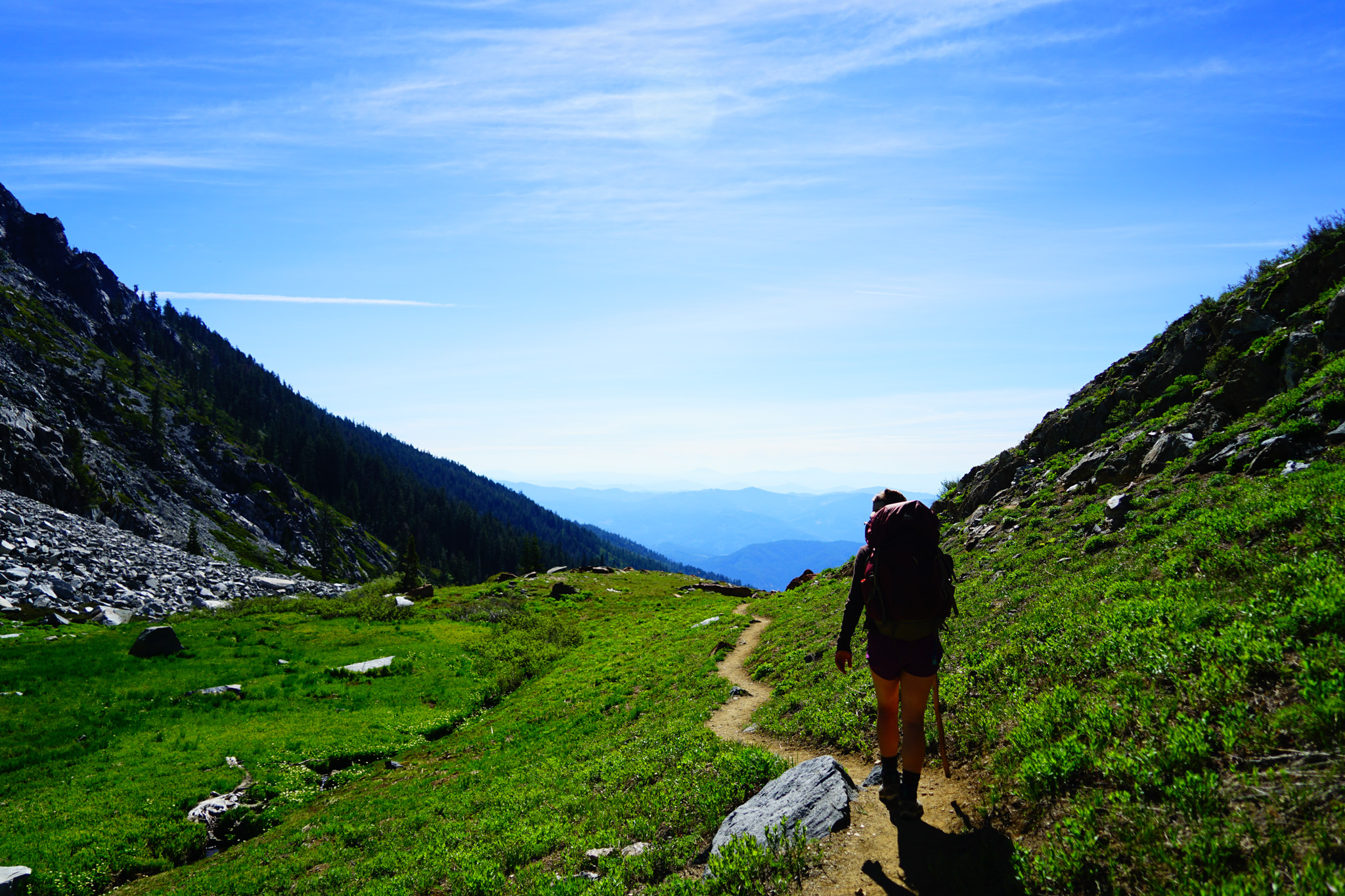
In wilderness medicine training we try to make things as realistic as possible because:
-
-
- You need to be able to control your body’s fight or flight response so that in crazy situations you can think calmly and clearly. By training with fake Blood and actors screaming and gnashing teeth, you are prepared to deal with real blood during an emergency without being overwhelmed by adrenaline.
- It is hard to learn about wilderness and outdoor safety from a book or blog.
-
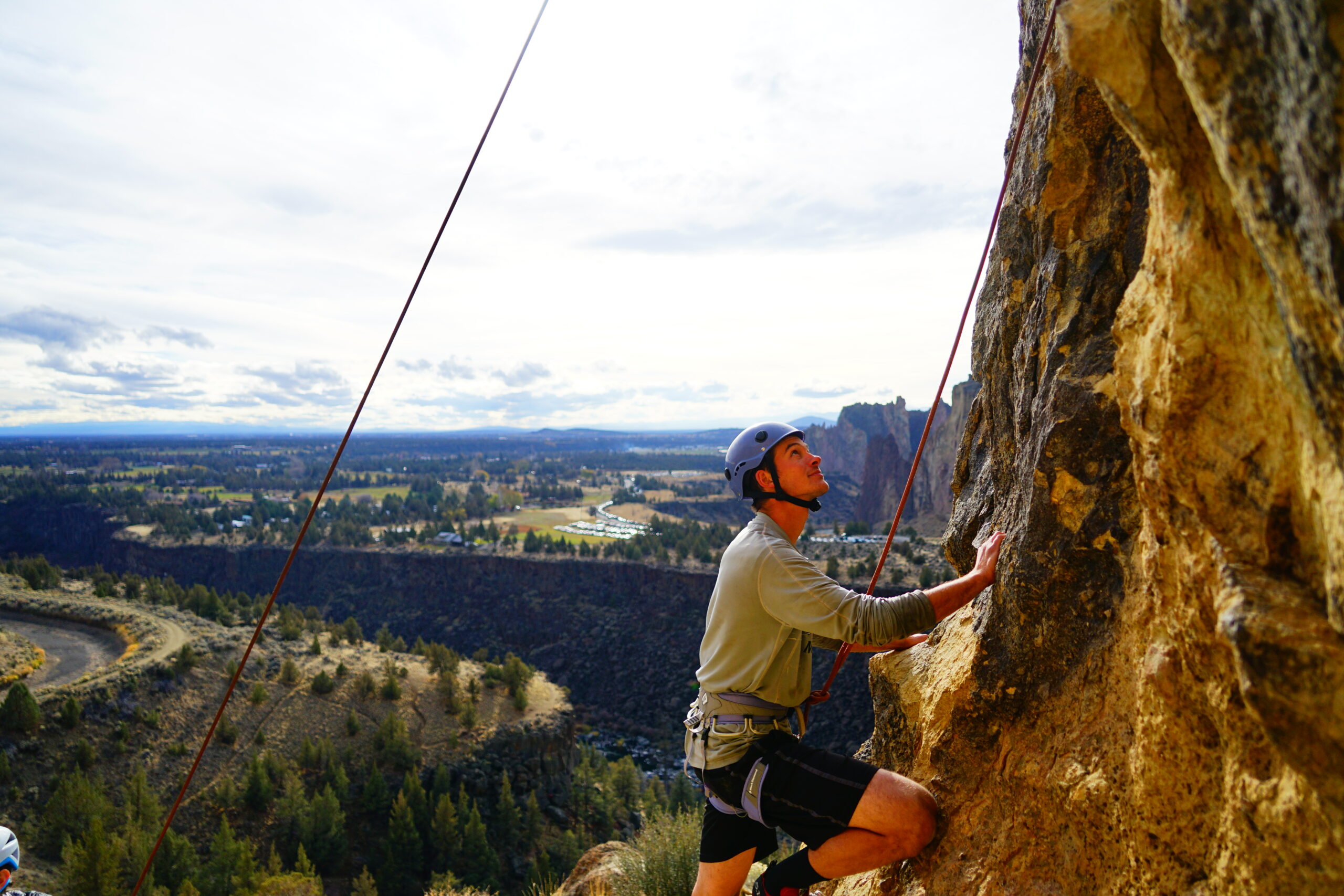
I am going to impart the coolest pearls from my training thus far, but I encourage you to seek out wilderness medicine training for actual practice in how to use them. For most non-medical people, the place to start is a Wilderness First Aid (WFA) certification, which is a one- or two-day course in which you would spend a day in the woods learning to make splints and patch wounds. If you are really interested you could pursue a wilderness First Responder (WFR) course, which is 80 hours of training and best used for people interested in leading trips outdoors as a career (or being extra prepared to be outdoors). If interested, you can search for WFA or WFR online: there are dozens of groups offering classes throughout the year, including Sky Lakes. With that in mind: here are my tips!
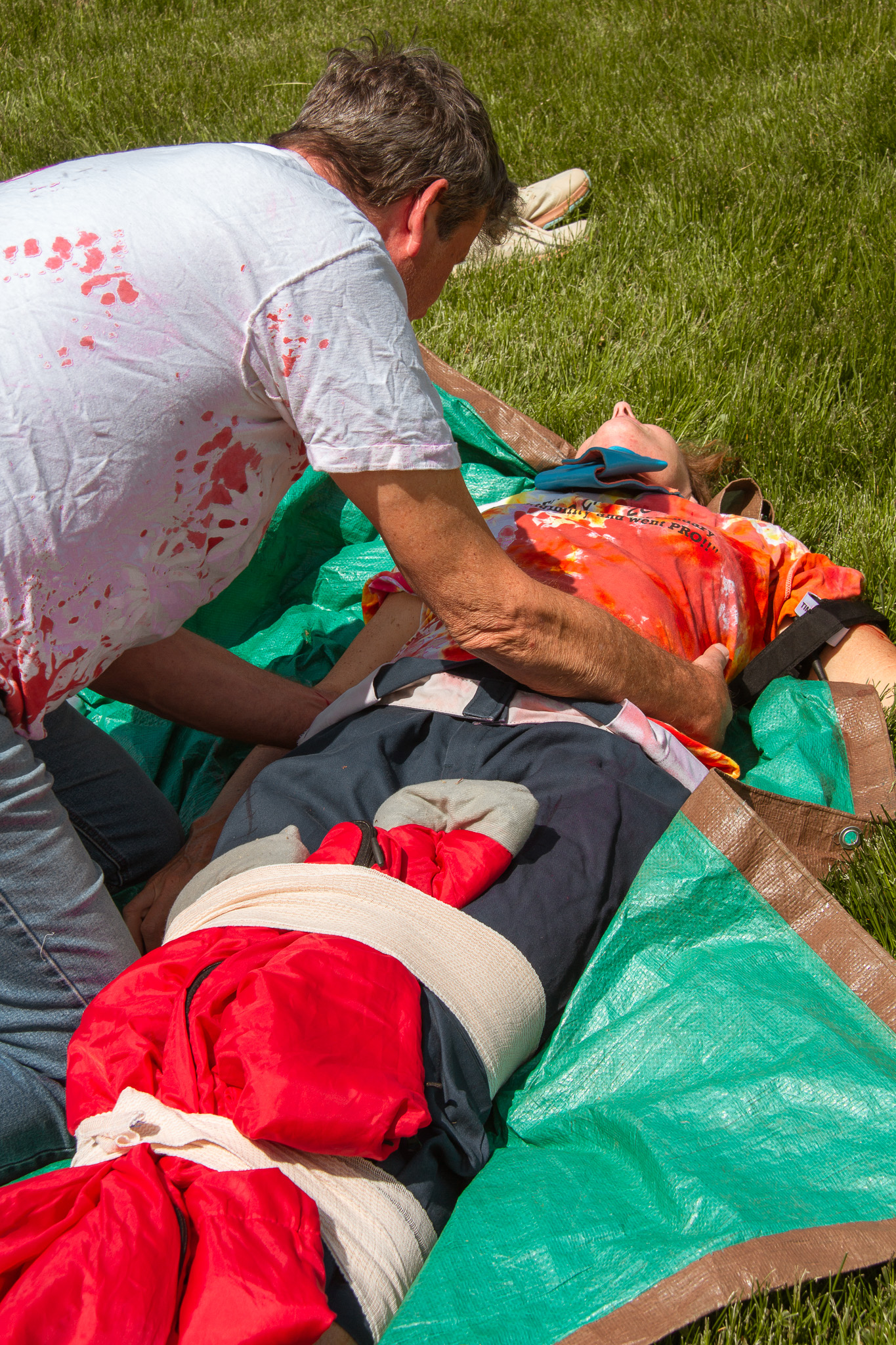
Getting somewhere safe
It is astonishing how much of wilderness medicine boils down to “get them stable to go back home / go back home to get them stable.” The art of wilderness medicine is knowing how to safely and rapidly get people somewhere else.
- If you have altitude sickness, you should descend to a lower altitude.
- If you have frostbite, get somewhere warm and stay warm.
- If you get the bends, go to a decompression chamber.
- In the cold, a snow cave can increase ambient temperature by 50 degrees. To build one, make a huge pile of snow, wait until its own weight compresses it, then dig out a tunnel and cave. Remember to make a CO2 hole.
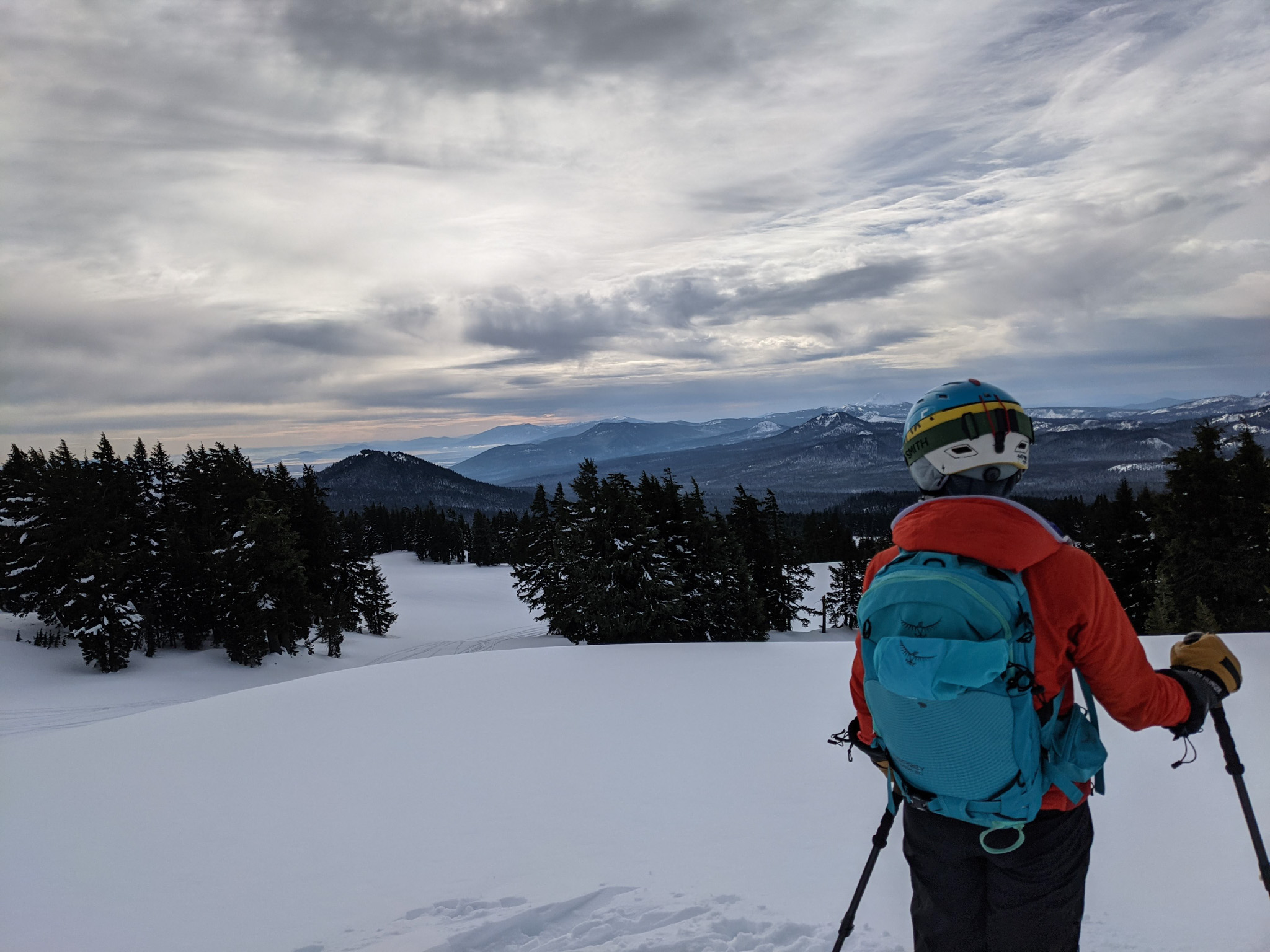
Injuries
If you or a friend gets bitten by a snake, quickly get to a hospital for antivenom. If you can, take a picture of the snake or kill it and bring it with you. Do NOT try to suck out the venom. Just wash, bandage loosely, keep the bite location below the heart, keep the heart rate low, and get to the nearest ER.
You can close a scalp wound by tying the person’s hair from each side across the wound.
To remove a fish hook you have several options.
-
-
- Push through, cut off the barb, retract.
- Cut off tail and push all the way through.
- If fairly shallow you can wrap the shaft with fishing line or floss to make a handle, push DOWN on the shaft and yank back out in one fluid motion.
-
If someone is hypothermic, take off any wet clothing and wrap them in a “hypothermia pack,” or thermal burrito.
-
-
- Start with a tarp, add sleeping pad(s), then three sleeping bags.
- Put the person in the middle sleeping Bag, then wrap them up.
- If possible, give them some easily digested, Sugary food as well.
- If they are so cold that they have stopped shivering, you may have to share your body heat with them. To do so you should get in the burrito with them, skin to skin. Your clothes are made to trap your heat next to you. If you are trying to get them warm, trapping your heat near you does them no good.
-
Dehydration can look a lot like hyponatremia (low sodium levels in the blood). Unless you get a clear story and / or see their urine, try to feed AND water dehydrated looking people.
You can fold up the bottom of a shirt up over an injured forearm to make a makeshift shoulder sling. Tie a knot in the back to make it even better.
If you are making a splint, you just need to remember one thing: to successfully splint an injury you need to immobilize the joint above and below an injured bone, or the bones above and below an injured joint.
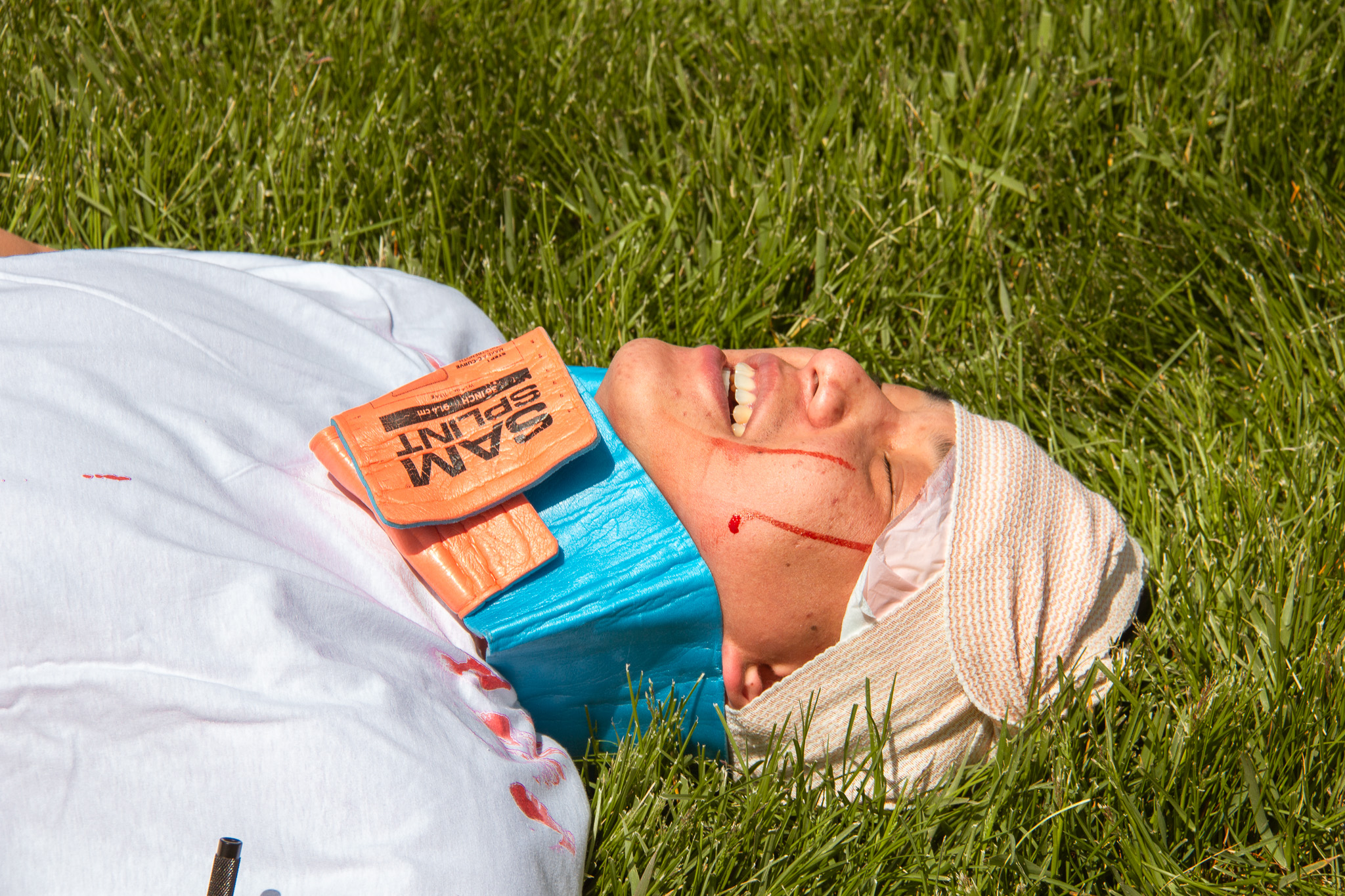
Be prepared
Tell people where you are going and when you expect to be back. That way they know where and when to look for you. Some apps help you track where you’ve been and where you’re going.
Always take a first aid kit with you.
- Feminine hygiene products make an excellent addition to a first aid kit: Tampons for nosebleeds, pads for larger wounds or lacerations. Plus, it’s a very helpful thing to have in a first aid kit for its original purpose as well.
- Carry a pregnancy test in your first aid kit. It is one of the very few things you can do to help diagnose abdominal pain in the backcountry.
- Carry honey with you. It’s great for the periodic traveler with diabetes who forgot to eat as much while hiking but can also help as a topical antibiotic salve for wounds after you’ve cleaned them.
Always carry a headlamp. It is a nightmare to get caught out at night without a headlamp.
When purifying water, the safest thing to do is use two methods. Boil and Filter or UV and iodine: Any combo will make up for the deficiencies in the other. Boiling is the most comprehensive and just reaching boiling point will kill any living thing that could make you sick. Remember that boiling point changes with altitude, so at higher altitudes letting it boil for a minute or two longer is prudent.
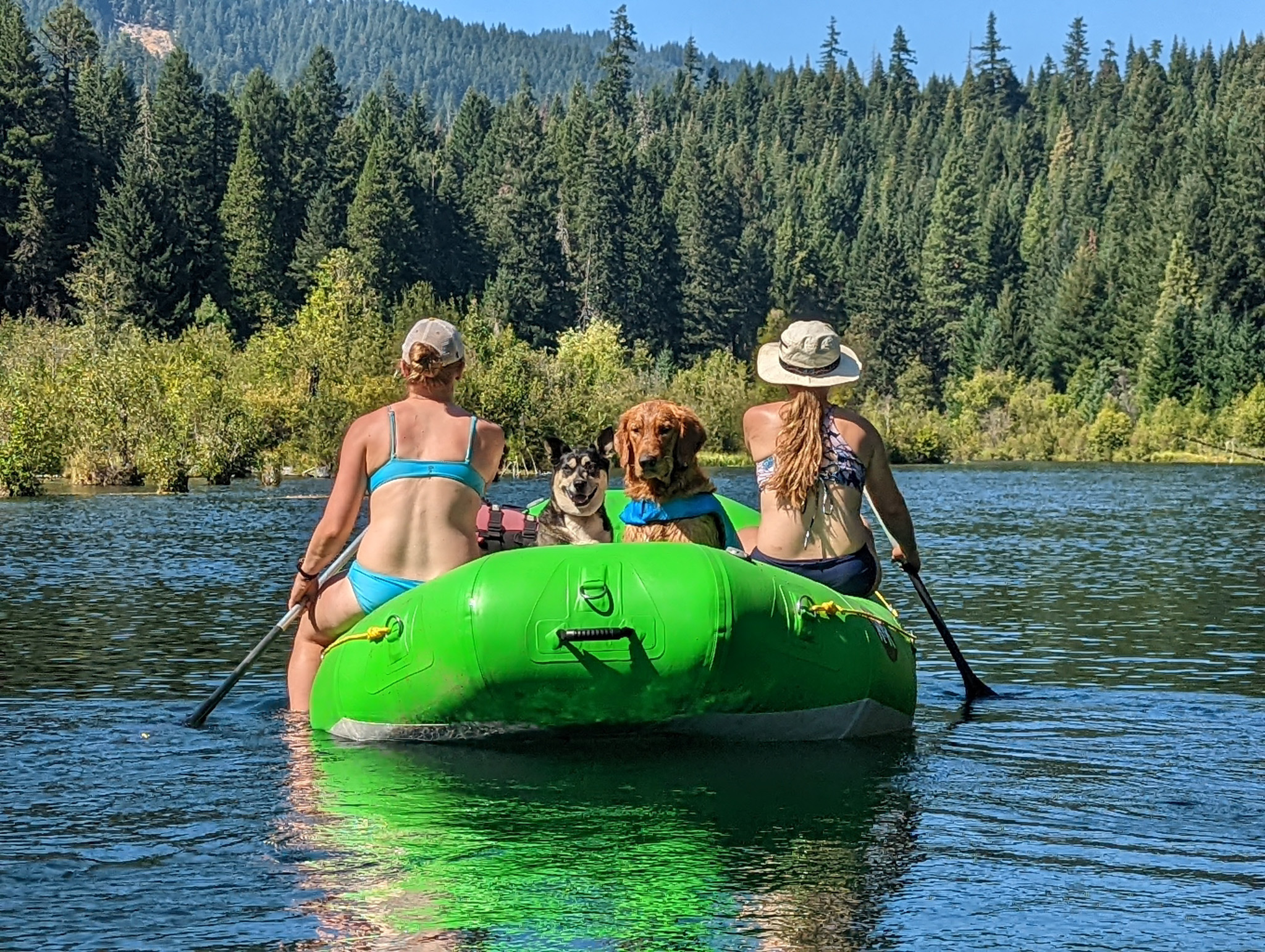
If you like playing outside, do yourself a favor and seek out a wilderness medicine course such as Wilderness First Aid (WFA) or Wilderness First Responder (WFR). Just make sure they Include “moulage gear” or “clothing you are ok getting dirty and ripped up” in their “things to bring” list. You want an experience that uses at least a gallon of fake blood per participant. Trust me.





